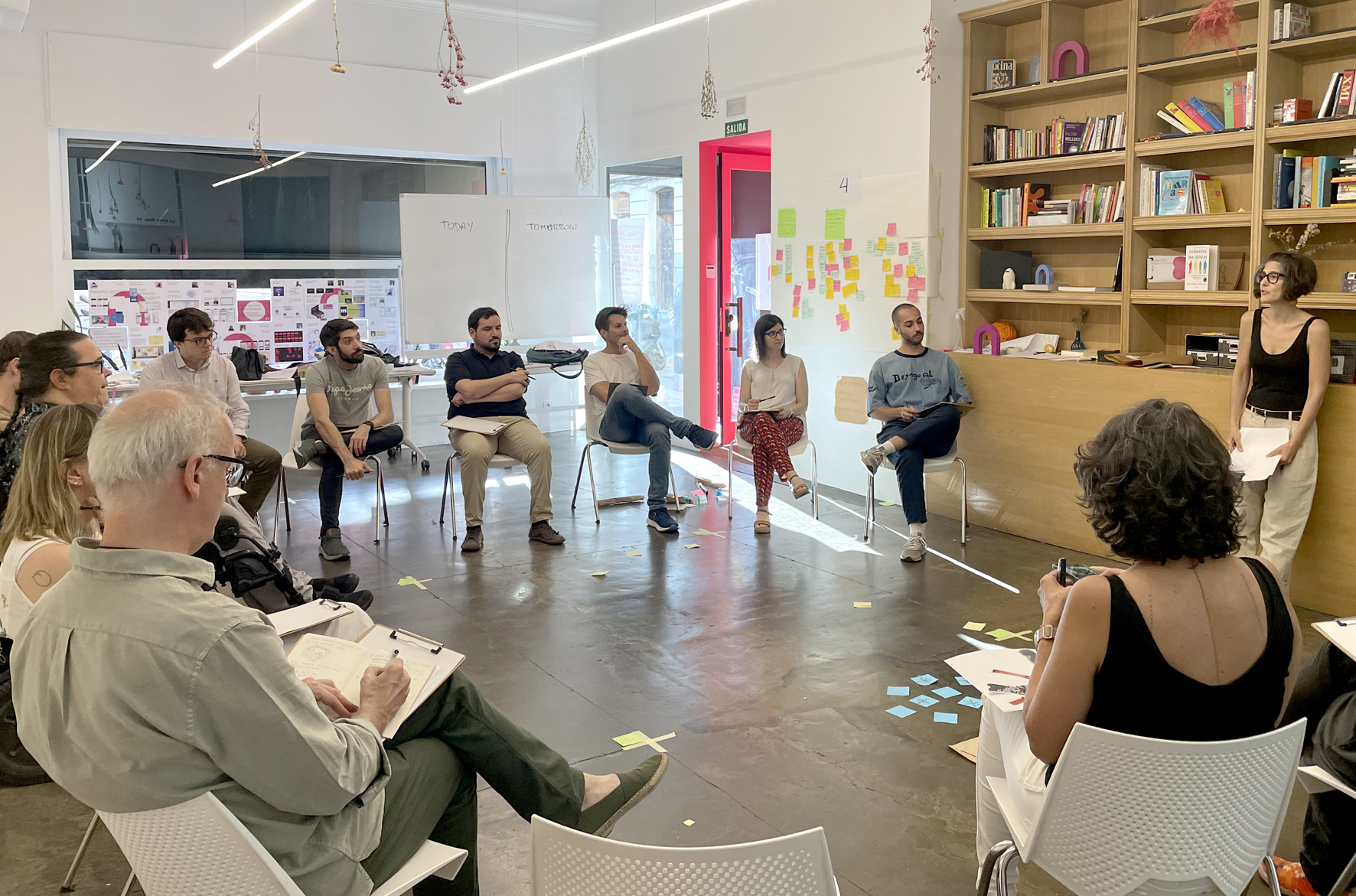
While everyone has the innate ability to be creative, teaching deliberate creativity can be challenging. Nowadays, there is a vast amount of literature about imagination, creativity, and related techniques. However, gaining familiarity with the theory and research studies is only half the equation. Ongoing misconceptions, myths, and lack of clarity about the topics – imagination and creativity – can make applying theory into practice difficult or emphasizing one much more than the other. This can result in students not understanding how to be creative in their life, neglecting the importance of imaginative thinking, or leaving the experience with more confusion than they had before.

To be successful, as instructors, we should guide students in a self-discovery journey to help them identify their mental blocks, and internal and external factors that have a strong impact in their creative potential. This is not an easy task. The following are seven teaching pillars I have identified and use for my creativity workshops and courses:
(1) Be patient: The creative journey is different for each person. Being prepared to explain concepts multiple times and in different ways is a must.
(2) Be flexible: Not even the best planned outline or schedule guarantees that everything will run as expected. Each group will respond differently to the same exercises. You need to be ready to improvise, modify exercises, add or remove time, and adapt to any external circumstances (e.g., small room, no light, no resources, no tech, etc.) when needed.
(3) Be intentional: In contrast to what most people may think, teaching deliberate creativity workshops and courses demands a great deal of structure, sequencing, and planning. It is not only about playing freely, dancing, and laughing; there has to be a goal to each exercise to help students understand why they are doing what they are doing. These explanations make concepts more concrete and connections visible, which help students start practicing in a deliberate way. Similarly, the timing in which concepts are introduce and images shown can make or break the experience, as an exercise may not work at its best if students know what it is expected. Curating teams, organizing the space and materials (from layout and flow to paper size and color markers), deciding when to show one specific image, planning the moment to introduce a new concept, and deciding whether to share concepts in writing or visually are some examples.
(4) Be supportive: It is rare that all students will generate amazing, imaginative ideas after one or two days of training. Some ideas will also be more elaborated and richer than others – many will still be conventional; even if you are the most seasoned educator! Each student’s journey is more important than the final outputs. It is imperative to avoid judging or attaching value to what students share and produce. Rather, celebrate that they participate and engage with the activities, listen to others, and ask questions.
(5) Be inclusive. There are multiple ways to explore a concept or practice a technique. As much as possible, design exercises of different formats and modalities. Some students will connect more with visual thinking and drawing; for others it will be more enjoyable to express through movement – dance, or acting out, while for others, words will be their first choice. Some students may also be more tactile, choosing physical materials and modelling. Expose them to possibilities so they can find what resonates better with them.
(6) Be mindful. The way you explain concepts and give feedback as well as the words you use matter. Be optimistic and encouraging from beginning to end. Equally important is to read the room and pay attention to everyone’s body language – mostly at the beginning, expressions can say more than words, as students may not feel ready to ask questions or speak openly. Understanding who is in the room, their responses to each exercise, and mood is key to build a space where students feel safe and comfortable to share their experiences.
And, of course, (7) practice what you preach! As creativity educators, we also need our own daily creativity practice – this is not always easy, but a little every day can make a big difference. This doesn’t mean to be an artist or write a poem, but to practice being present, connecting with our senses, being mindful of our words, being empathetic, and listening.
Leave a Reply